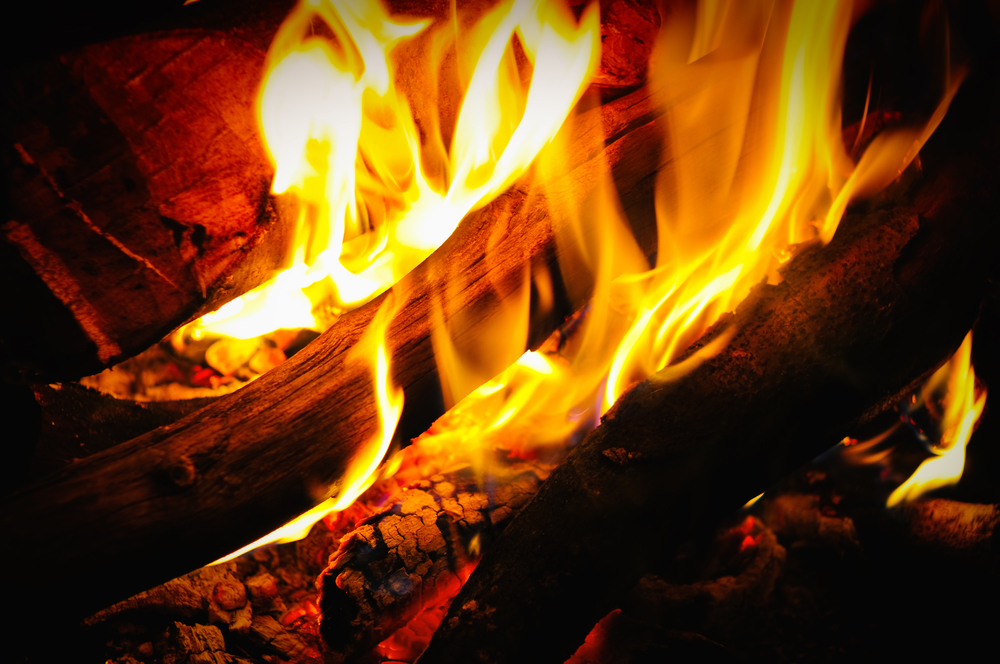Getting Sick From Sick Buildings: Where The Deadly Toxins Lurk In Your Home, Office, Or Any Building

The Environmental Protection Agency has discovered that the environment indoors is now 2-5 times more toxic than the environment outdoors. In fact, there is as much as 100 times more indoor pollution as there is outdoor pollution. Our crisis with indoor air quality has culminated in 80% of all cancers finding their cause from toxins in the environment around us rather than from physical or genetic factors in us.
Air inside homes and office can contain 100s of harmful chemicals called volatile organic compounds (VOCs), biological poisons like mold spores, pollen, bacteria, viruses, as well as radon and carbon monoxide gasses. While our bodies are able to manage some level of toxicity, the sheer volume of poisons around us are too much, the toxic burden is too great, and most of these man-made chemicals cannot actually be metabolized or eliminated by the body.
Scientists now warn us that our daily activities, cooking, cleaning, eating, washing clothes and dishes, personal hygiene, and enjoying the cool or warmth of your home is increasing your families risk for serious disease as well as the many side-effects of toxicity such as colds, coughs, rashes, headaches, anxiety, sleeplessness, memory loss, problems related to the cardiovascular and immune systems, pain, asthma, allergies, and infection.
TOXIN HANG-OUTS:
BATHROOM:
In moist areas like the bathroom, kitchen, laundry, and air conditioning systems; mold releases spores and fungal metabolites which effect the respiratory system and are the cause of infection, asthma, and other severe reactions.
MATERIALS
VOCs damage tissue and are highly carcinogenic. They are present in and give color to clothes, towels, and bed linens.
STUFF YOU SET ON FIRE
VOCs in wood burning fireplace, clogged chimneys, incense, cigarette smoke and candles are known to cause breathing difficulties, increased blood pressure and joint pain.
COOKING AND HEATING
Poorly ventilated or maladjusted coal, gas, kerosene, oil or wood sources of cooking and heating give off carbon monoxide, nitrogen dioxide and many other chemicals and gases.

